The spill resulted from an attack on the Jiyyeh Power Station. According to BBC news, early estimates indicated that the oil spill could rival the Exxon Valdez accident in 1989. Covering roughly 120 kilometers (75 miles), the spill is expected to affect fishing and tourism industries, as well as local wildlife.
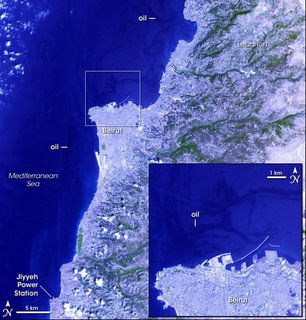
The below picture shows some of the oil-polluted water washing into the harbor of Byblos in Lebanon:
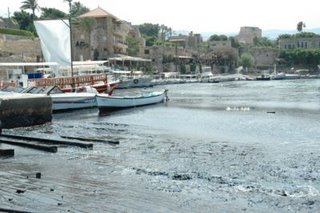
The environmental effects of spilled oil can vary depending upon the type and amount of material that is spilled. In general, lighter refined petroleum products such as diesel and gasoline are more likely to mix in the water column and are more toxic to marine life, but tend to evaporate relatively quickly and do not persist long in the environment. Heavier crude or fuel oil, while of less immediate toxicity, can remain on the water surface or stranded on the shoreline for much longer. Oil from the Exxon Valdez and Gulf War oil spills, while weathering over time, has persisted along the shoreline for years after the spill.
The following pictures show some of the unfortunage effects of oil spills on wildlife, as well as the arduous cleanup process. Also, be sure to check out this link that maps major oil spills since 1960.
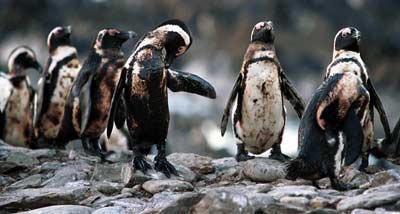
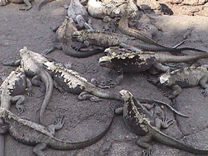
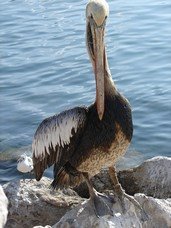




0 comments:
Post a Comment